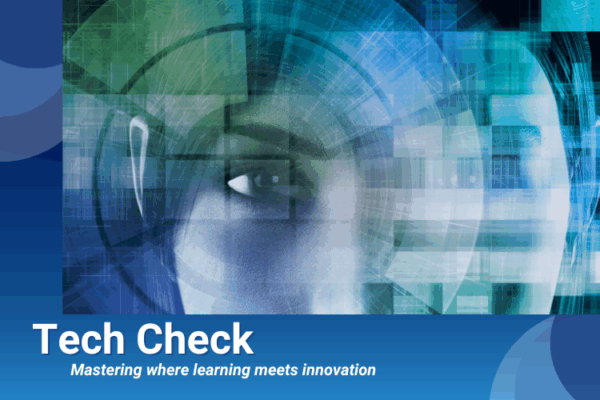All CLOs understand the importance of having an effective learning team. But effective teams don’t happen by accident: They take hard work to build. Here are five traits of effective learning teams and examples from several successful organizations.
1. Collaboration: Collaboration is a key ingredient for successful teams. Without collaboration, organizations may suffer from duplication of effort, inconsistency, lack of standards and redundant technology. In fact, these were some of the very issues that the Nielsen Group was facing. By integrating its groups from an organizational perspective, the company formed a cohesive and collaborative team with talent and skill sets unique to existing resources. Geographically dispersed groups worked on design, development and implementation using collaborative technology tools.
Another collaborative success story is MedStar Health. The company revised its previously fragmented approach to learning by streamlining and standardizing training while harnessing the creative and intuitive knowledge of subject-matter experts. A diverse team of people from various groups worked together to offer cost-effective, 24/7 training, development and management.
2. Efficient communication: Many learning and development departments have to work as part of a virtual team, either with employees at different locations or with outside organizations. Good communication skills are especially important for virtual teams that can’t talk face to face.
For example, take the partnership between Aptara, a provider of digital content management and e-learning solutions, and ACS, a provider of business process outsourcing and IT services. Aptara is located in India; ACS is located in the U.S. Despite the great time difference, there is a small overlap of a few hours that both Aptara and ACS use to their advantage — scheduling all calls, query resolutions and meetings during this period. Their excellent communication helps them stay ahead of issues and constantly improve.
3. United purpose: One consistent trait among effective learning teams is integrating and aligning with the business.
ManTech University is one such organization. The company develops and maintains a continuous learning environment and culture aligned to the corporation’s strategic plan and operational priorities, using education, training and professional development as the foundation for both employee and corporate success.
Employees partner with the executives of business units both to ensure a direct impact on business operations and to assist in employee recruitment and retention efforts, thereby providing the organization with a competitive advantage.
4. Continuous improvement and innovation: In today’s business environment, rapid change is the status quo. The need for continuous improvement and innovation plays an important part in staying a step ahead.
Convergys Corp. designed an innovative blended approach to training home agents. The learning team employs multiple modalities to impart knowledge, with the variety provided by the blended approach enhancing learner engagement and interest and ensuring the best possible learning conditions.
Continuous improvement is also built into the development process at Element K and Medco. End users and key personnel give qualitative and quantitative feedback. When difficulty is encountered while implementing necessary changes, the task force is engaged to remove obstacles. This rigorous, routine evaluation of metrics and progress reporting is essential to developing effective process improvements.
5. Leveraging resources: Leveraging is all about using what’s available to its fullest extent. This can include people, platforms and technologies. The Defense Acquisition University learning team leveraged technology to expand its reach beyond the traditional classroom. The team provides on-demand access to information from policy documents, lessons learned, acquisition studies, experts and peers through a single online portal that is accessible 24 hours a day, seven days a week.
















